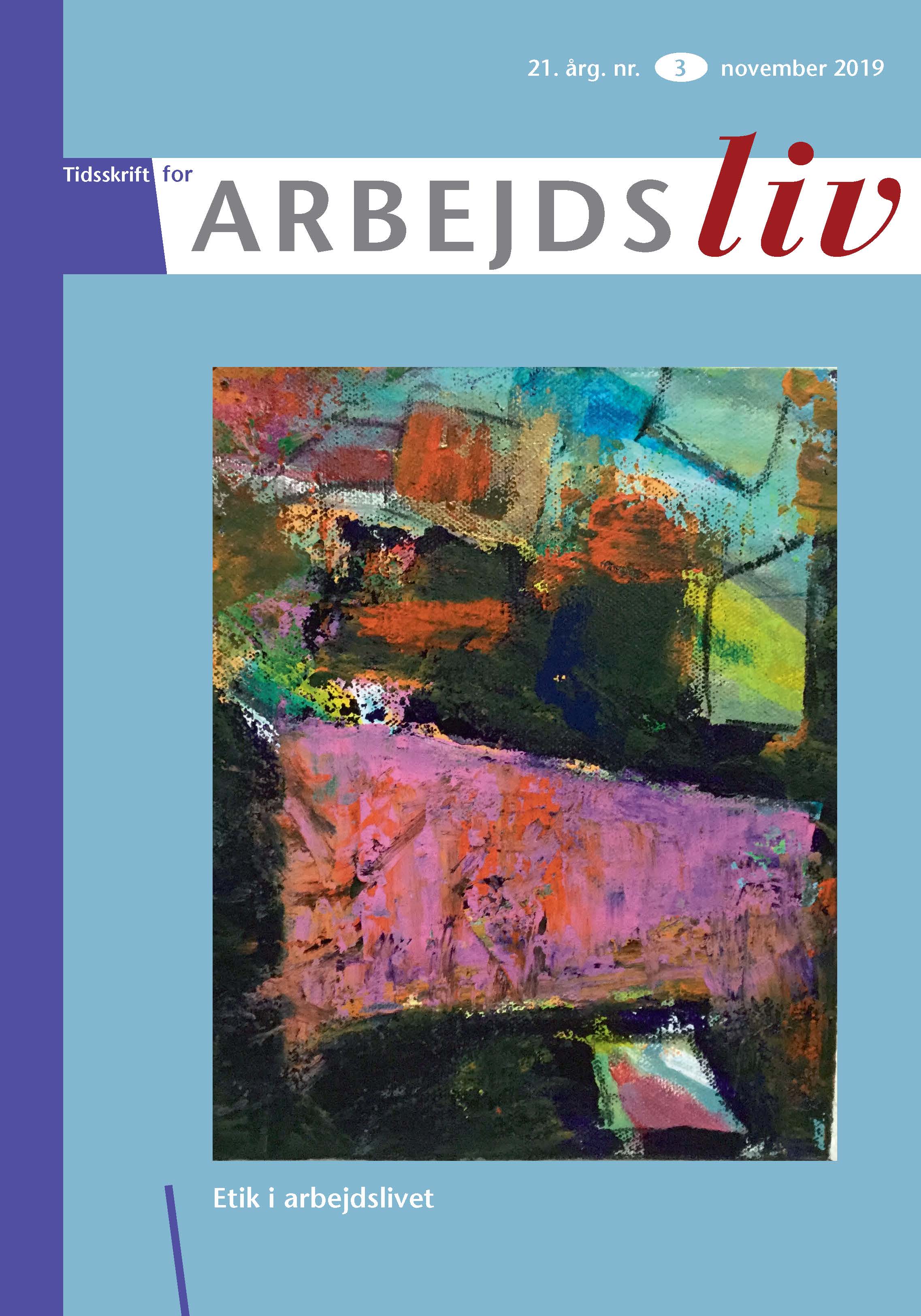A technology on the edge – the balance between ethical
DOI:
https://doi.org/10.7146/tfa.v21i3.118059Keywords:
Beredskab, Etik, Indsatsledelse, Læring, TeknologiAbstract
Several fi re brigades in Denmark have implemented bodycams as their core learning technology since 2014. Bodycams allow incident commanders and squad leaders to capture the events happening in the midst of action, and the technology thereby enables commanders and the designated learning teams to travel between the past (what we did), present (what we do) and future (what we wish to do). The purpose of this paper is to examine the actual balance between the overall learning purpose and learning outcome by using bodycams versus the potential unproductive side effects on individuals in one particular fi re brigade in Denmark. The theoretical perspective enacts a classic discussion regarding the deviation between deontology and utilitarianism. From a deontological perspective, the well-being of an individual should always be afforded the highest priority, and individuals should always be the purpose, not just a mean or part of a collaborative learning process. However, from an utilitaristic perspective, we can claim that the purpose should be to gain as much learning as possible for all employees, even though we acknowledge that this learning process involves the exposure of failure or mistakes made by known individuals. Ethical dilemmas have been examined through three cases that represent a range of different types of incidents. The empirical fi ndings show that situations which expose the individual commander are especially critical. It is therefore vital to align the expectations related to how and in what way the recordings will be analysed by the learning team. It becomes furthermore critical in the recordings where the actual modus operandi is below the common expectations. The paper concludes that learning implies vulnerability as part of initiating refl ective and refl exive learning processes. The focus of the learning team should therefore be to secure this balance regarding the individual, and if there are doubts about recordings, or the potential exposure of the individual, the focus should be on securing the learning processes regarding the individual even though this implies less collective learning.
Downloads
Published
How to Cite
Issue
Section
License
Forfattere, der publicerer deres værker via dette tidsskrift, accepterer følgende vilkår:
- Forfattere bevarer deres ophavsret og giver tidsskriftet ret til første publicering, samtidigt med at værket ét år efter publiceringen er omfattet af en Creative Commons Attribution-licens, der giver andre ret til at dele værket med en anerkendelse af værkets forfatter og første publicering i nærværende tidsskrift.
- Forfattere kan indgå flere separate kontraktlige aftaler om ikke-eksklusiv distribution af tidsskriftets publicerede version af værket (f.eks. sende det til et institutionslager eller udgive det i en bog), med en anerkendelse af værkets første publicering i nærværende tidsskrift.
- Forfattere har ret til og opfordres til at publicere deres værker online (f.eks. i institutionslagre eller på deres websted) forud for og under manuskriptprocessen, da dette kan føre til produktive udvekslinger, samt tidligere og større citater fra publicerede værker (se The Effect of Open Access).





